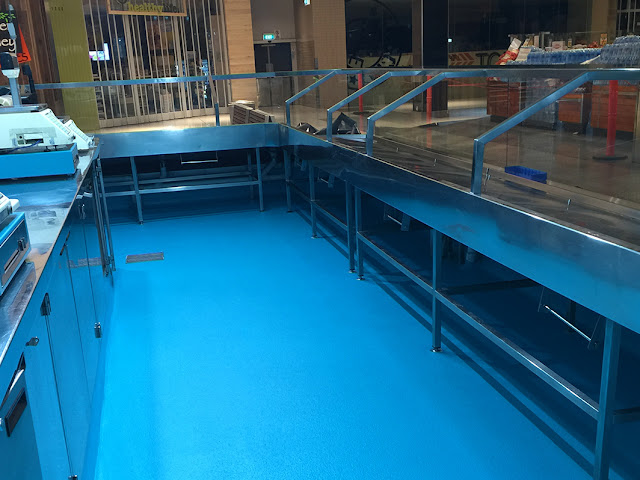Important Facts about Methyl Methacrylate (MMA)

Here are important facts about Methyl Methacrylate (MMA):
1. Methyl Methacrylate FundamentalsAs previously stated, MMA is a key component of many acrylate polymers and is used in the formulation of paints, varnishes, and adhesive resins. MMA increases durability, strength, transparency, and UV and abrasion resistance to free radical initiated copolymers by raising the Tg (glass transition).
2.The Polymerization of Methyl Methacrylate (MMA)
When it comes to polymerization, MMA can be utilised with a wide variety of acrylic copolymers. Monomer feeds may consist of...
- Butyl acrylate is a kind of butyl acrylate.
- 2-Ethylhexyl acrylate is a kind of ethylhexyl acrylate.
- Other methacrylate esters include Methyl Methacrylate (MMA).
- Acrylic acid and methacrylic acid are two types of acrylic acid.
- Styrene.
- Butadiene.
The Tg of the resin, which can range from -30 to > 30 degrees Celsius, determines the monomer composition for copolymers. The free-radical reactivity ratios for MMA copolymer systems have been extensively researched and published.
3.Methyl Methacrylate's Applications
Methyl methacrylate monomer easily polymerizes to generate homopolymers and copolymers of high molecular weight.
MMA monomer is primarily used to make polymethyl methacrylate (PMMA) homopolymer, which is used to make cast and extruded acrylic sheets. The optical clarity, transparency, and UV stability of these cast PMMA sheeting materials are excellent. Among the applications are...
- Replacements for shatterproof glass.
- Glazing for safety.
- Lighting displays and panels
- Fixtures for outdoor lighting.
- Fixtures and parts for plumbing.
MMA is most commonly used as a comonomer in paints and coatings, such as external paints and paper coatings, outside of glazing and sheet applications. METHACRYLATE POLYMERS AND COPOLYMERS ARE IN...
- Coatings on metal and foil.
- Finished in an industrial style.
- Polishes for floors.
- Finishes in textiles
- Adhesives.
- Sealants.
- Materials for construction.
- Impact modifiers made of PVC.
- Packaging.
- Inks.
4.MMA Safety and Handling
When working with methyl methacrylate, it is vital to pay close attention to safety for various reasons.
MMA is a colourless, combustible liquid that melts at -48°C and boils at 101°C. Water is insoluble in MMA, which is soluble in most organic solvents.
Direct contact with MMA can irritate the eyes, skin, nose, and throat in addition to being combustible. Methyl methacrylate, a skin sensitizer, can elicit allergic reactions as a result of touch, with subsequent exposures causing itching and a rash.



Comments
Post a Comment